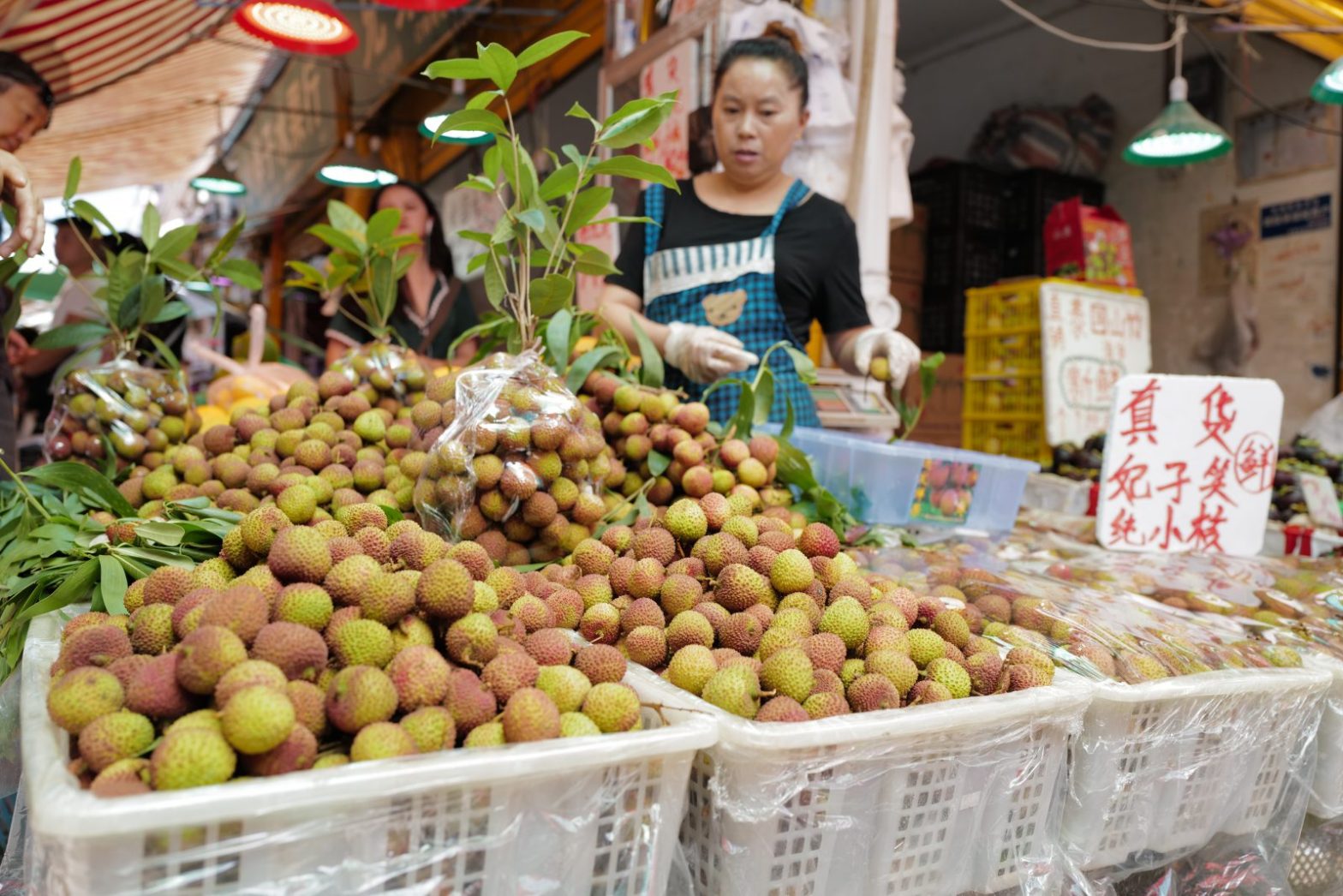(ATF) Chinese banks leant 1.3 trillion yuan ($183 billion) more in loans in the first quarter than the period last year to help rebuild China’s coronavirus-ravaged economy.
But the surge in lending also came with an increase in non-performing loans, a worry at a time when China’s debt levels are soaring.
The increase in lending took total loans to 7.1trn yuan, the China Insurance Regulatory Commission said Wednesday.
Manufacturing and infrastructure companies received 1.1trn yuan and 1.5trn yuan, respectively, while wholesale and retail companies took out 900 billion yuan in loans, commission chairman Huang Hong said at a briefing.
Manufacturing and infrastructure projects have been targeted by economic planners to help revive an economy that contracted for the first time in generations this year amid a shutdowns to halt the spread of Covid-19. Trillions of dollars have been funnelled into huge road and rail projects as well as the establishment of special economic zones and tech startup sandboxes. Most of it has been funded by the issuance of local and central government bonds.
While rising loans were hailed by officials, the increase in non-performing loans (NPLs) has sparked concern. Banks’ NPL ration climbed to 2.04%, a rise of six basis points in the quarter.
“Everyone is more concerned about non-performing loans,” commission chief risk officer Xiao Yuanqi said.
Xiao said the increase was, nevertheless slight, and that the country’s return to work following the shutdown would limit any further increases.
“We believe that there will be some increase in the future, but the magnitude will not be very large, because we are now resuming production and orderly development,” he said. “Many hedging policy measures have been taken to mitigate these risks, and these measures are now beginning to take effect,’ he added without giving details.
- READ MORE: More borrowing possible as fiscal revenue declines
- READ MORE: Coronavirus lockdown damage seen in north and south China
Huang Hong said that the state strongly supports direct financing such as bonds and equity to provide comprehensive financing services for enterprises.
In the first quarter, bank insurance institutions added 2trn yuan in new bond investments, including more than 360bn yuan in new corporate credit bonds. New equity investment in insurance funds was 126.3bn yuan, he said.
China has removed penalties for deferred payment and extension of loans of small and medium-sized enterprises in difficulties and has removed banks’ ability to downgrade loan risk classification and such actions would no longer affect enterprises’ credit records, he said.
By the end of March, banking institutions had extended the principal and interest of about 880bn yuan in loans to small- and medium-sized enterprises.
Premier Li Keqiang added his weight to efforts to foster the health of smaller businesses at a State Council meeting Tuesday in which financial institutions were given more tools to lend to in-trouble businesses.
-
![]()
Chinese Premier Li Keqiang
“We must scale up financial support for the real economy, especially the micro-, small- and medium-sized companies, to help them overcome the difficulties,” Li said, according to Xinhua.
Since the start of the coronavirus crisis, the People’s Bank of China, the central bank, has cut the required reserve ratio three times this year, releasing 1.75trn yuan in liquidity to better support smaller businesses.
It was decided on Tuesday that the regulatory requirement for the provision coverage ratio of small and medium-sized banks will be lowered by 20 percentage points, to free up more credit resources and boost lending to micro and small companies.
The meeting also decided to raise the weight of inclusive finance to no less than 10 percent in the integrated performance evaluation of the branches and subsidiaries of financial institutions in the banking sector, to incentivise more lending.
To ease the rent burden on smaller firms and the self-employed, the council called for a three-month rent exemption in the first half of this year.

























